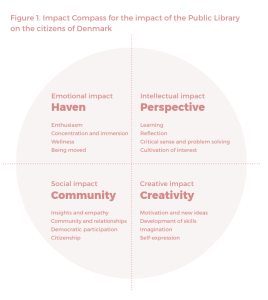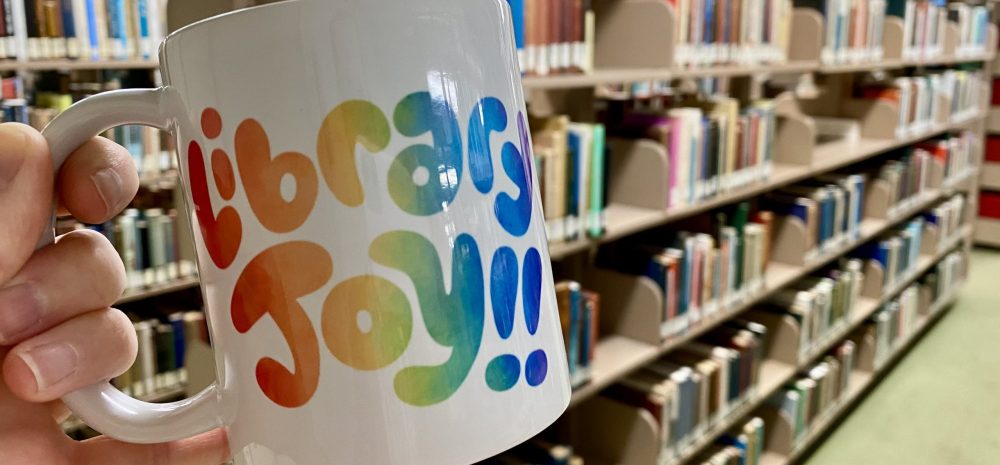
For this week’s Choose Your Own Adventure reading, I began down the path of hyperlinked environments within global libraries. However, at some point, I ventured down a side trail toward the discussion of library value versus library use. Lauersen begins their article, A Haven in Our Community: The Impact and Value of Public Libraries, by asking the question “How do we understand and talk about the value and impact of a library?” (2021). “The public debate about public libraries typically refers to some fixed key figures: How many people visit the public libraries, which users are involved and how many materials do they borrow?” (Seismonaut & Roskilde, 2021). While this week’s literature primarily focused on public libraries, I feel confident in asserting that the same thinking applies to academic libraries. Just last week, I was working on pulling database statistics for my academic library’s fiscal year-end usage reports. These statistics give us “important data that says something about the use of [sic] libraries but does not really give us insight on the value and impact [sic] libraries have on individuals and communities” (Lauersen, 2021). I believe that when we only evaluate a library by its use, we fail to fully encompass the full extent of its work. I found Seismonaut and Roskilde Central Library’s research on the impact of public libraries in Denmark to be a helpful guide towards shifting my focus from looking at a library’s use to a more holistic view of its value and impact.

The four dimensions of impact
Seismonaut and Roskilde’s impact compass approach details four impact dimensions which include the user’s emotional, intellectual, creative, and social impact. Each of these dimensions serves as a tool to develop and evaluate activities and services in the library (Seismonaut & Roskilde, 2021). What I appreciate about this approach to evaluation is that it includes how the library contributes to society as a whole and how each library has an effect on its community. I also think it takes into account the value of each individual as a whole person not simply a consumer and it puts greater emphasis on the greater good of the community. Circling back to my original path down hyperlinked environments within the global library scope, I am in awe at the work being done internationally to support the refugee community. “Libraries throughout the world have a strong history of responding to natural disasters and humanitarian crises providing a welcoming environment, a place of refuge for body and soul, and a source of information” (IFLA, 2015). To me, this work is a tangible example of a hyperlinked environment working to meet its patron’s/community’s emotional, intellectual, creative, and social needs.
References:
IFLA. (2015). Responding! Public Libraries and Refugees. International Federation of Library Associations and Institutions, Public Libraries Section.
Lauersen, C. (2021). A haven in our community: The impact and value of public libraries. The Library Lab. https://christianlauersen.net/2021/04/19/a-haven-in-our-community-the-impact-and-value-of-public-libraries/
New York Public Library. (n.d.). Multilingual Resources [Photograph]. https://www.nypl.org/spotlight/multilingual
Seismonaut & Roskilde Central Library. (2021). A guide to the impact compass: The impact of public libraries in Denmark: A haven in our community.

@joy26 I think the path you went down is totally connected to the broader global library community option and you really honed in on an important thing with your exploration of libraries being a Haven. I also agree about services to refugees on the global library stage. It’s very encouraging.